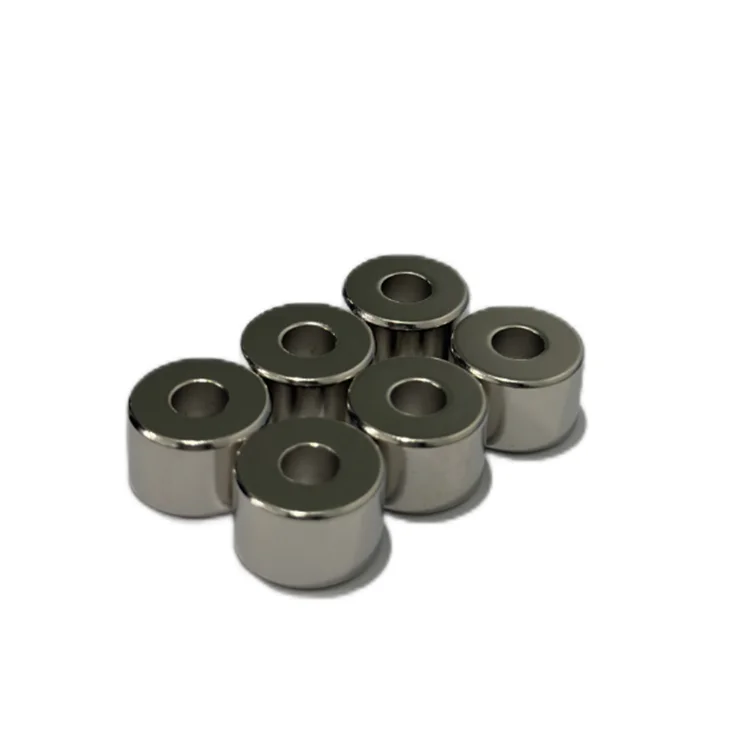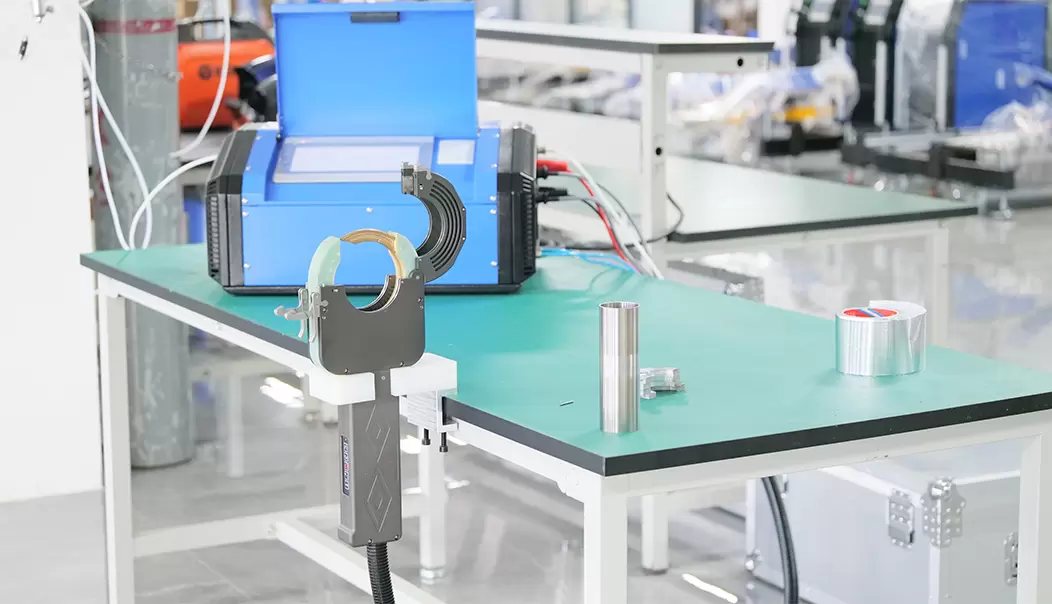Manufacturing process of perforated cylindrical shaped magnet
Cylindrical shaped magnets are commonly used in various applications such as motors, generators, and other electromagnetic devices that require a combination of high strength and a specific shape. In this blog post, Zhonghang will share the manufacturing process of perforated cylindrical shaped magnets from material selection to the final product.
Material Selection
The first step in the manufacturing process is selecting the appropriate magnetic material. The most commonly used materials for magnets are:
- Ferrite: Known for its cost-effectiveness and resistance to corrosion.
- Alnico: Offers a good balance of magnetic properties and resistance to demagnetization.
- Neodymium: The strongest type of permanent magnet material, known for its high energy product.
For a perforated cylindrical magnet, neodymium is often the preferred choice due to its superior magnetic properties.
Design and Prototyping
Before manufacturing begins, a detailed design of the magnet is created. This includes dimensions, magnetic field requirements, and the specific location and size of the perforation. Prototyping is then carried out to test the design and ensure it meets the required specifications.
Molding
The next step is molding the magnet. This involves:
1. Powder Preparation: The magnetic material is ground into a fine powder.
2. Pressing: The powder is then pressed into a mold that is shaped according to the design of the magnet. This is done under high pressure to ensure the material is compacted uniformly.
3. Ejection: Once the pressing is complete, the magnet is carefully ejected from the mold.
Sintering
The sintering process is crucial for enhancing the magnetic properties of the material. The pressed magnet is heated to a temperature below its melting point, which allows the particles to bond together without melting, forming a solid, dense structure.
Machining
After sintering, the magnet undergoes machining to achieve the desired dimensions and shape. This includes:
- Grinding: To refine the shape and dimensions.
- Polishing: To achieve a smooth surface finish.
- Drilling: To create the perforation in the magnet.

Inspection and Quality Control
Each magnet is inspected for quality to ensure it meets the design specifications. This includes checking for:
- Dimensions: Ensuring the magnet is the correct size and shape.
- Magnetic Properties: Verifying the magnet's strength and field distribution.
- Surface Finish: Confirming the magnet has a smooth and clean appearance.
Magnetization
The final step in the manufacturing process is magnetization. This involves applying a strong external magnetic field to align the magnetic domains within the material, thus giving the magnet its permanent magnetic properties.
- Orientation: The magnet is oriented in the direction of the magnetic field.
- Polarization: A high-strength magnetizing coil or electromagnet is used to apply the magnetic field.
- Stabilization: The magnet is allowed to cool and stabilize in the magnetic field to lock in the magnetization.
Post-Magnetization Processing
After magnetization, the magnet may undergo additional processing to enhance its performance or protect it from environmental factors.
- Coating: Applying a protective coating to prevent corrosion and demagnetization.
- Aging: Allowing the magnet to age under controlled conditions to improve its magnetic stability.
Packaging and Shipping
The final product is carefully packaged to protect it from damage during shipping. Each magnet is inspected one last time before being shipped to the customer.
www.zhsdmagnet.com
Zhonghang

